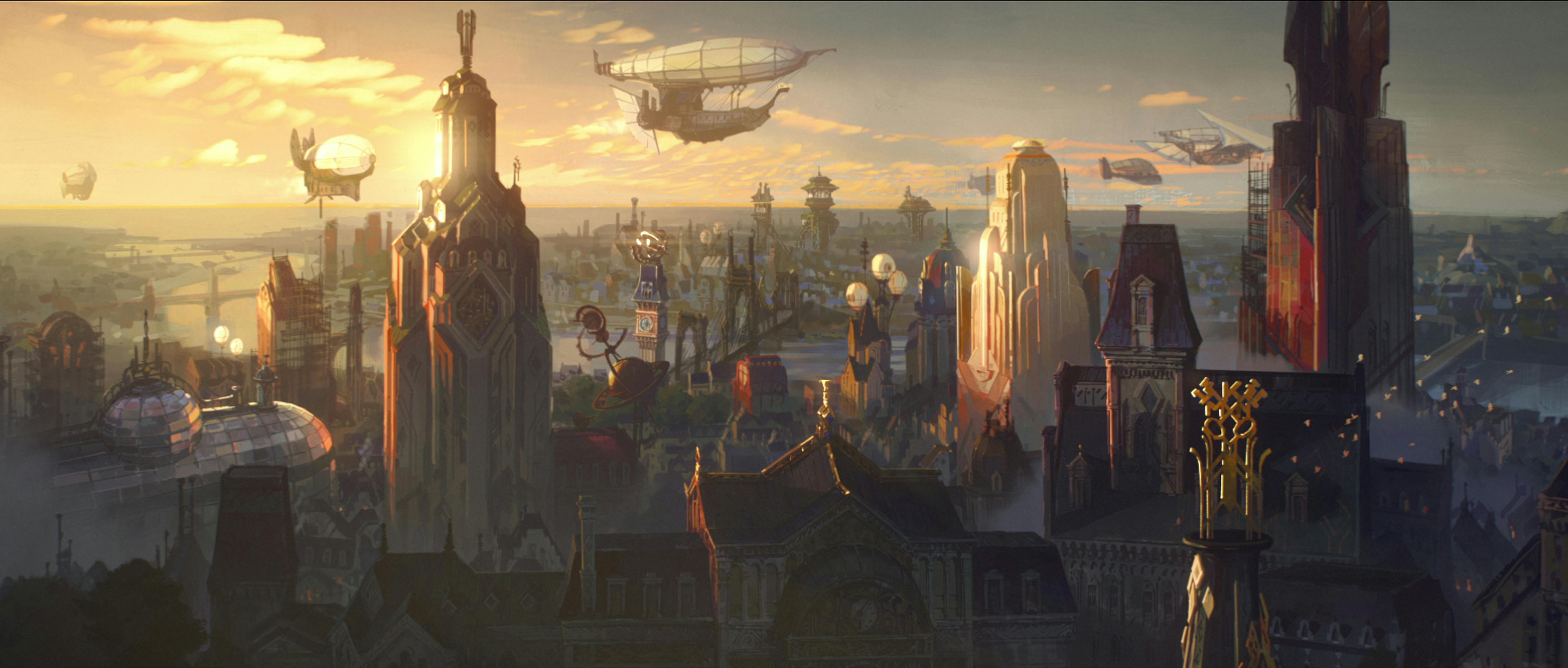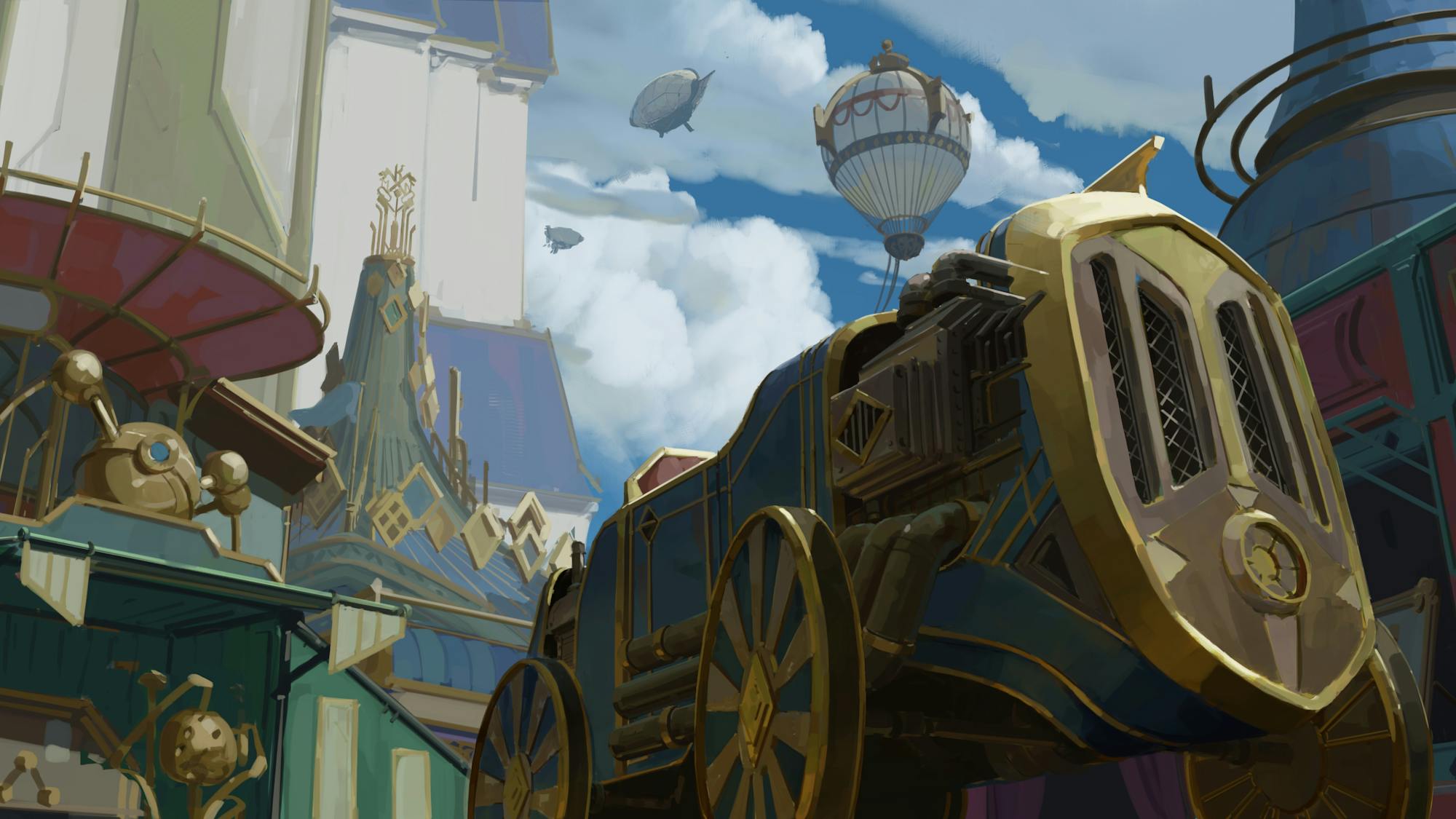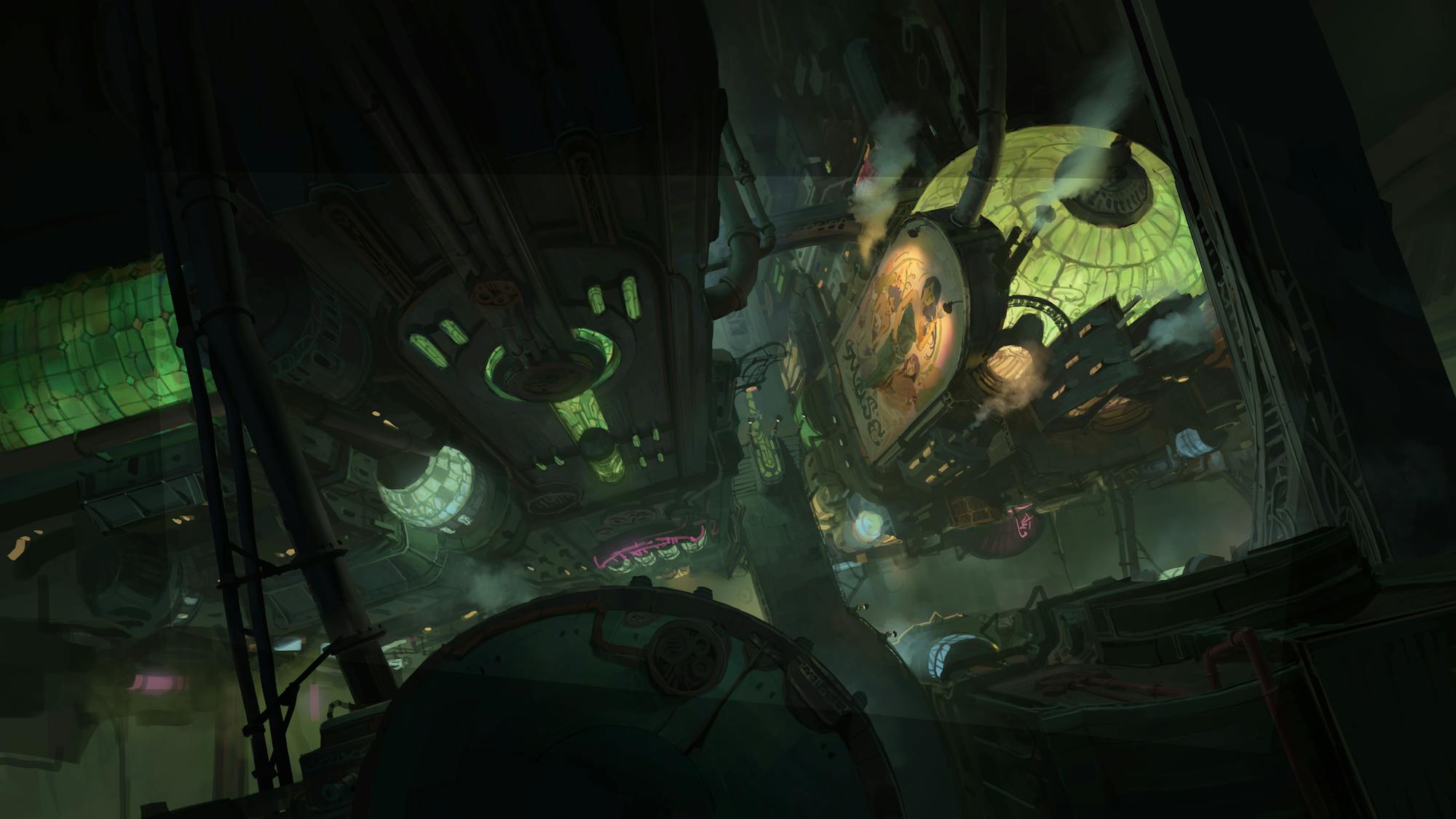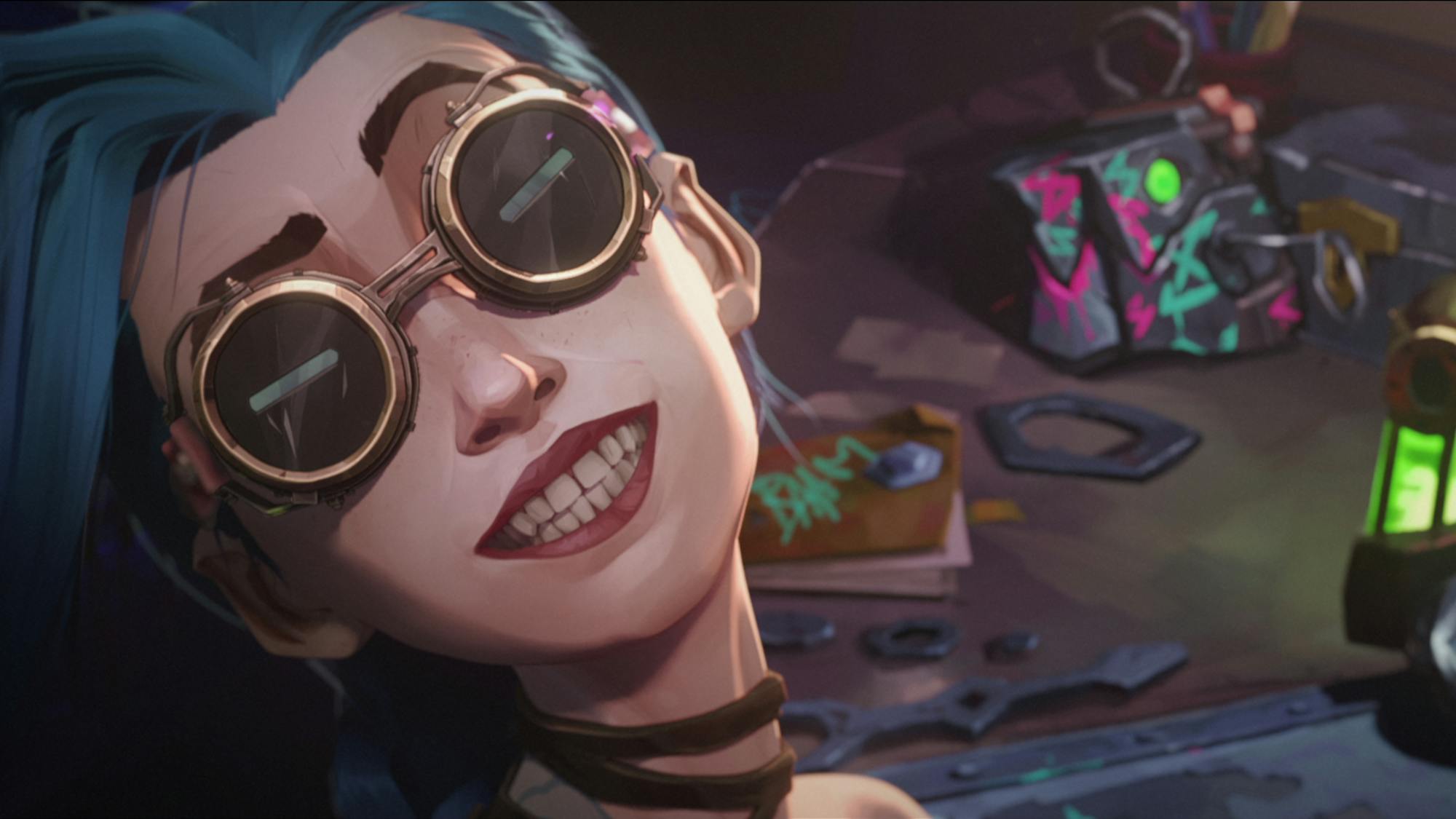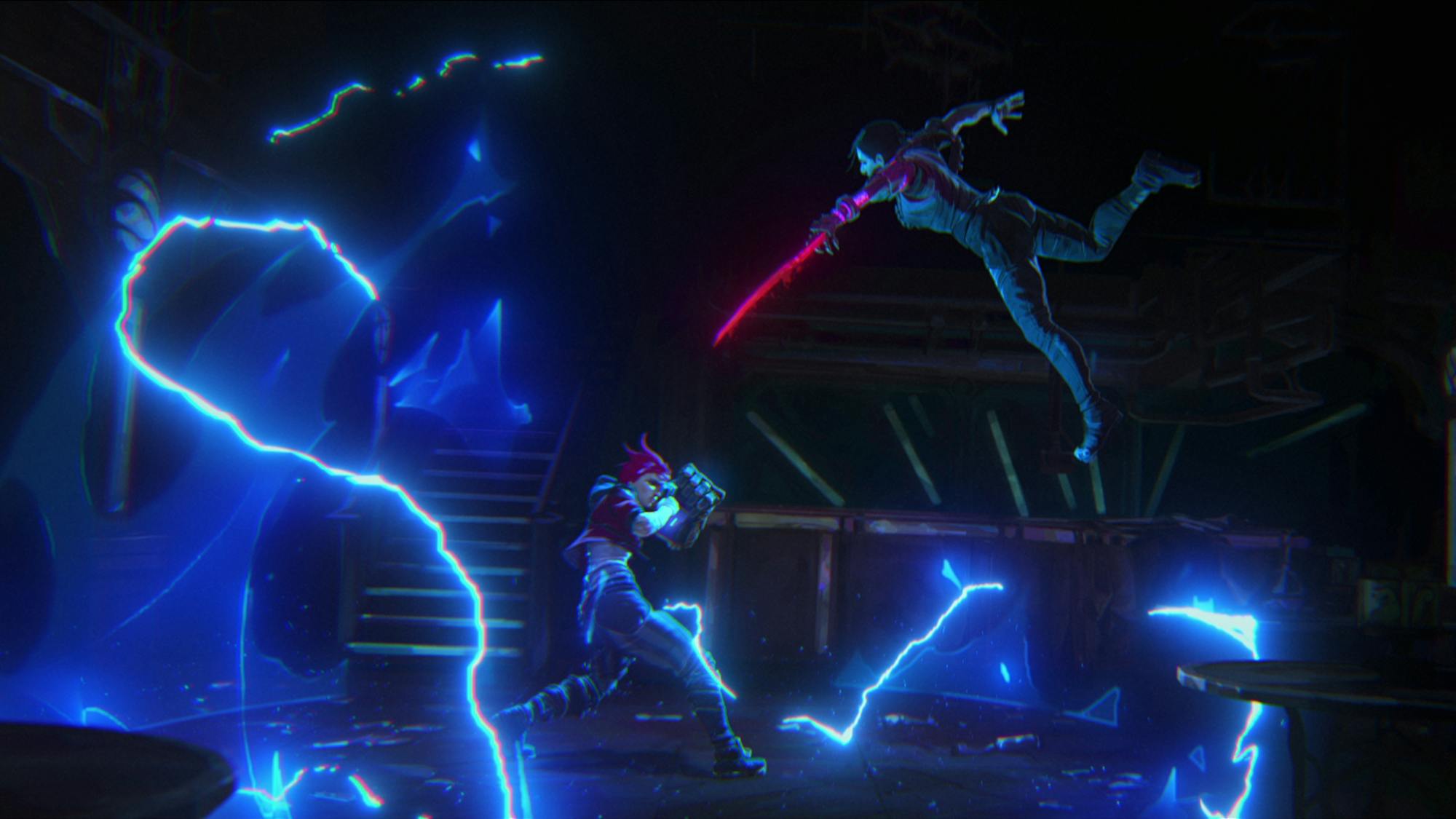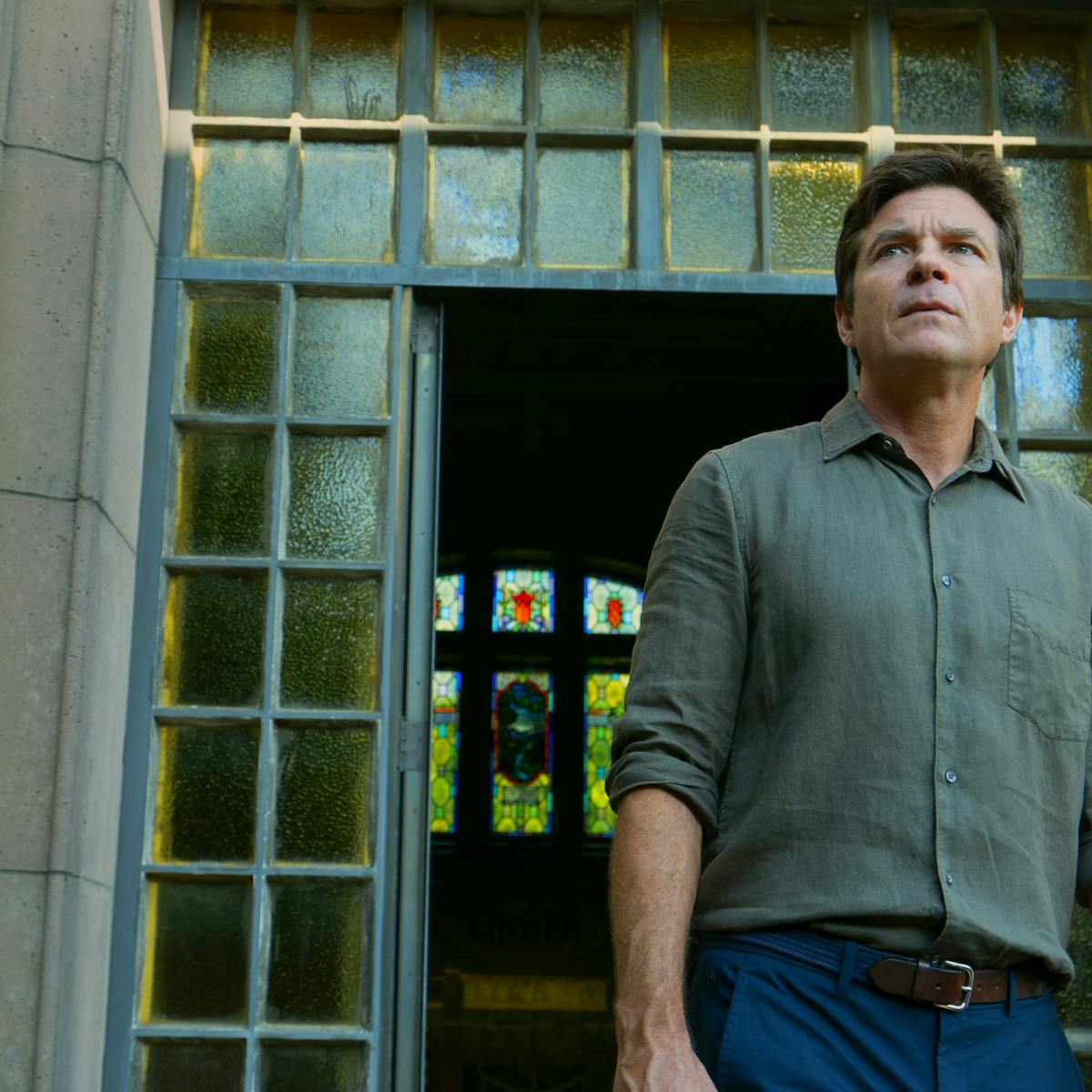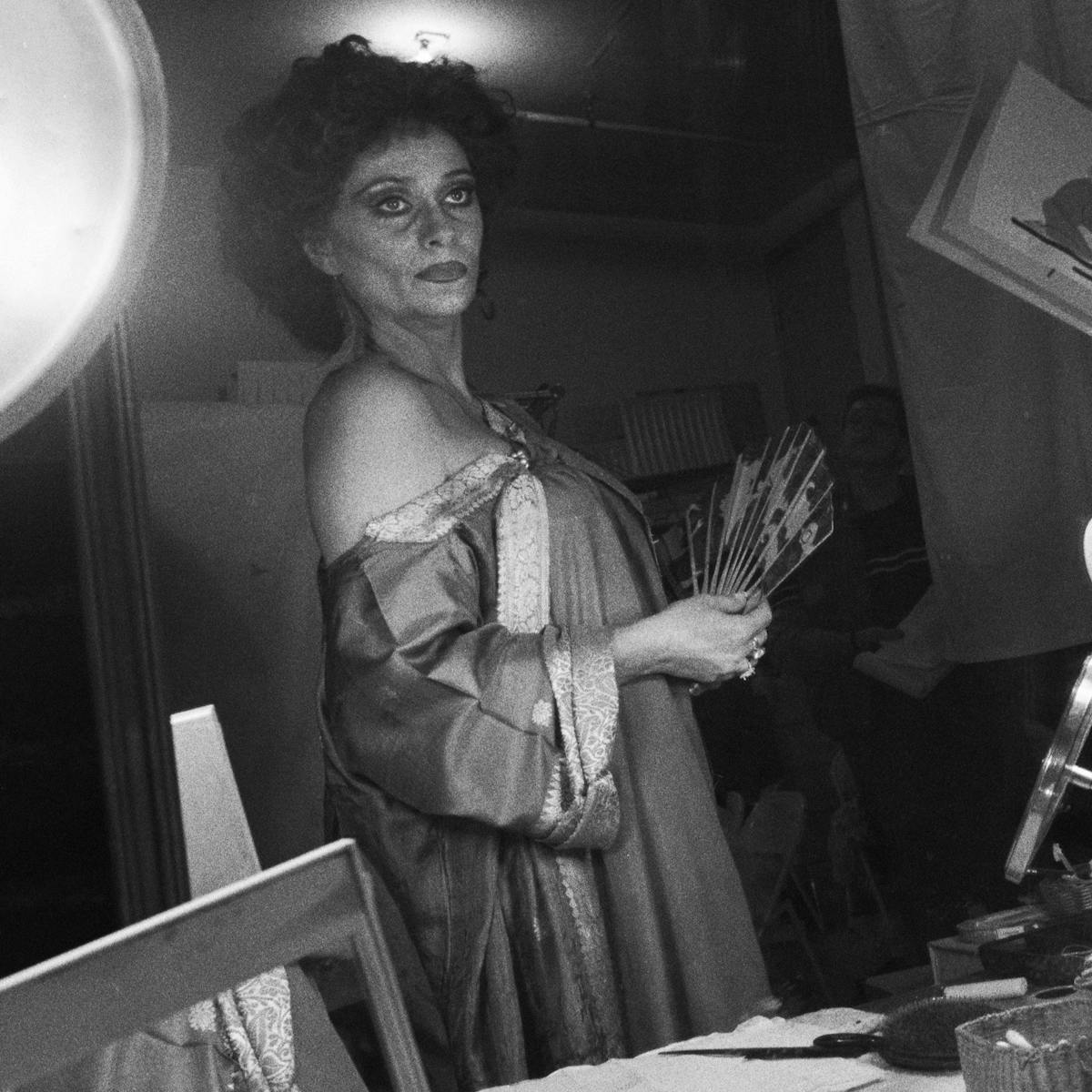How League of Legends went from hit video game to animated-series sensation Arcane.
From the start, Christian Linke and Alex Yee understood better than almost anyone the enormous potential for creative storytelling bound up in the expansive mythology surrounding League of Legends. In the years the pair worked together at Riot Games — the Los Angeles-based giant behind the wildly popular, multiplayer, online battle arena game — they had introduced some of the most memorable playable characters, known as champions, and had watched those characters come to life in other media ventures, ranging from comic books to animated music videos. In their minds, a television series felt like a logical next step. But neither Linke nor Yee had any experience with the medium.
“There were a lot of things that we needed to figure out at the front end of the show,” Yee says, “Like, How do we find the right degree of groundedness to make a prolonged narrative show you could watch, without getting fatigued by the really over-the-top elements from the video game? It was a bit of a push and a pull finding that exact balance.” Adds Linke: “It was important to us not to just create another ‘fight porn.’ We wanted something that goes much deeper than that, into what the characters feel, what their challenges are, what their concerns are. Really, we just wanted to tell a great story.”
There’s no question they succeeded. Blending dazzling visuals and a compelling narrative centering on two sisters caught in a war between rival worlds, their animated series Arcane captured the imagination of critics and audiences. “We tried to craft something that can stand on its own, as a great story about characters that you can relate to, no matter your knowledge of the game — we wanted to craft something you could follow and fall in love with regardless,” says Linke.
Set within the larger world of Runeterra, Arcane opens with scrappy teen Vi (voiced by Hailee Steinfeld), an orphan from the polluted underworld of Zaun, leading her sister Powder and two close friends on a mission to the utopian metropolis of Piltover. There, they plan to rob a prominent scientist, Jayce (Kevin Alejandro), who is instrumental in the invention of hextech, a method of harnessing magic. When things go awry, tensions build between the siblings and the city-states, with Powder eventually adopting a sadistic new persona, Jinx (Ella Purnell).
To create the season’s nine episodes, showrunners Linke and Yee turned to the artists at Fortiche Production, the boutique animation studio out of Paris that previously created League of Legends-inspired music videos including “Get Jinxed,” “POP/STARS,” and “Rise.” In conceptualizing the look of Arcane, the behind-the-scenes team sought to build out the environments surrounding the in-game champions. “Arcane is the first time you get to see the champions and the people who surround and influence them,” Yee says. “You get to see the full view of the world, the technology, the people, the architecture.”
The two city-states in which the series unfolds became a study in contrasts. “At first, we were trying to make sure it felt like Piltover was inspired by classical European urban architecture,” Yee says. “We just didn’t want it to come so close that you felt like you were actually in Paris versus still being in the world of [the show].” And differentiate they did. Piltover’s architecture is accentuated with a steampunk aesthetic; the gears, cogs, and sprockets that are the inner workings of the city are often rendered in a gilded manner, heightening the sense of technological and scientific progress.
Piltover benefits greatly from the development of hextech, forged from a raw crystalline material that channels arcane, the source of naturally occurring magic that gives the series its title. Hextech has been leveraged to create hexgates, which allow Piltover’s citizens to travel faster than the speed of light across Runeterra. “One of my favorite parts was the first time we saw the fully animated version of the hexgates working with the airships,” Yee says. “It was a real charge watching that come to life.”
When it came to visualizing the underground city of Zaun, where a drug known as shimmer is turning inhabitants into monsters, literally and metaphorically, the “vertical aspect of the city has always been primary in imagining what that region is like,” Linke says. “[Whereas] Piltover is very regulated, Zaun is really like the underground Las Vegas. It’s the very exciting place where no matter which corner you turn, there’s something new to explore.” Zaun is a layered region of grit, grime, and neon lights, a maze of alleyways and skybridges where the population operates in a lawless manner and anything is possible.
Arcane’s visual language is an elaborate mix of both hand-painted, two-dimensional art with three-dimensional modeling. Map paintings, which are essentially two-dimensional, digitally painted billboards, are employed throughout the series as the varied backgrounds throughout Piltover and Zaun. Layered on top of these painted backgrounds are 3D objects scattered across both the fore- and middleground. In merging these 2D and 3D techniques, textural projections were employed to apply some of the meticulously created hand-painted textures onto both environmental and character 3D geometries. This effect proves to not only be visually arresting in its final form but also one that is wildly efficient for the animation process, critical for the small but mighty team who realized Arcane. “Fortiche went from being a boutique studio to being a full animation studio, so the pipelines had to be much more reproducible and much more scalable. Technically, everything wasn't just always a quick and dirty workflow on Arcane, but we could really build things from the ground up,” adds Linke.
Fortiche’s signature character animation and stunning camera work style became critical aspects of the series. In Arcane there was “a growth in the study of subtlety with characters,” according to Yee. “The [character] rigs improved significantly over the time that [Fortiche] was working on Arcane. It really allowed animators to test the limits of expression for the characters — like how precise you can get in terms of having a particular body position during a fight or a particular quirk of the face as a reaction during a scene. Having the tools to be able to do it allowed us to play around with a lot of different things.”
As Arcane came together, music, too, played an integral role in creating the mood and atmosphere the showrunners were seeking. In all, the first season of the series features 11 original songs from artists including Bea Miller, Ramsey, Pusha T, Bones UK, Woodkid, and more. The series’ theme song “Enemy” was written by Imagine Dragons and J.I.D., and debuted at No. 1 on the Billboard TV Songs chart and remains on the Hot 100 chart to date. “Working with Imagine Dragons is really easy because there’s this shared passion for the game, for the characters,” says Yee. “They put together this song that made sense for Vi’s perspective in the story.”
To capture the complexity of the emotions underpinning the relationship between Vi and Jinx over the course of the season, the showrunners were searching for “a song about what could have been,” Linke says. “We were talking about how this song [would] need a voice that is super powerful on its own, not the kind of voice that we can hide behind instruments.” The performer who came to mind was Grammy Award-winning artist Sting, who agreed to a collaboration after Martin Kierszenbaum, consultant on Arcane’s music and Sting’s manager, sent out the request. The resulting track, aptly titled, “What Could Have Been,” and featuring the violinist Ray Chen, is the final song in the show. “It was just a really great honor,” Linke says.
With the rich legacy that the showrunners have created with Fortiche and the many musical artists in Season 1 of Arcane, the ambitions to return to the world of Arcane are palpable for both the creators and audiences alike. “We ended Season 1 by really pushing a lot of the characters in the show as far as we could from each other,” Yee says. “Figuring out how to deal with this puzzle, where all the pieces have now been split up and tossed to the four winds, is going to be the main thrust of Season 2.”
